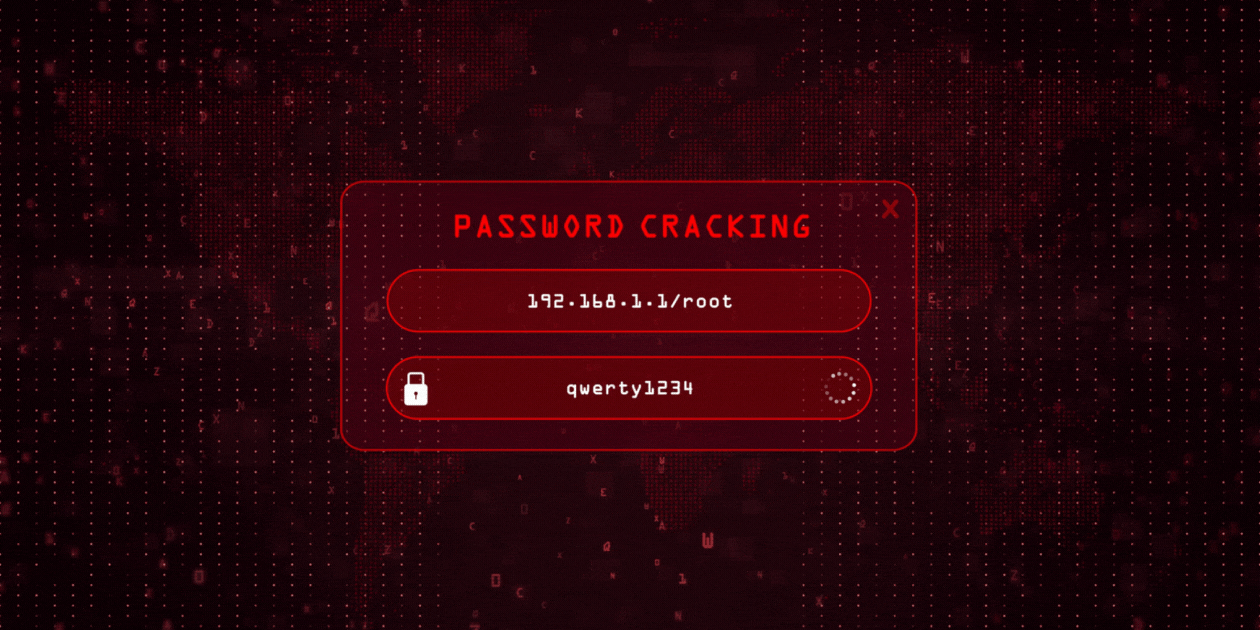AI Cybersecurity Threats Are Advancing
Join us on a journey back to the winter of 2022, a time when AI was just starting to make waves, captivating early adopters like a magnet. This groundbreaking technology brought with it a mix of excitement and apprehension. In those formative days, we wanted to educate you about the emerging cyber threats accompanying this newfound superpower. In our blog Defending Your Business Against the Rising Tide of AI Cybercrime, we discussed the initial challenges. Today, we return to the subject of AI cybersecurity threats.
Fortunately, and unfortunately, as AI continues to evolve and push the boundaries of what we once deemed impossible, a dual reality unfolds before us. While we gleefully smile at the boundless possibilities of AI, we must also confront the less-than-ideal flip side. Where there is an opportunity to harness technology for the greater good, there is also a window for those to exploit it. Today, our goal is to share the latter aspect and educate you on the latest and harmful trends in AI cybercrime.
Since we last shared with you, here is what is currently trending:
- AI-Powered Password Cracking:
One of the most alarming developments in AI cybercrime is the use of artificial intelligence for password cracking. Cybercriminals are using the capabilities of AI to develop sophisticated algorithms capable of analyzing vast datasets of passwords. These algorithms can detect patterns and weaknesses, making it easier for hackers to crack even strong and complex passwords. To protect yourself, it's crucial to use strong, unique passwords for each online account and enable multi-factor authentication whenever possible.
Our Pro Tip is to use an authenticator app like Google Authenticator or Authy which is the most secure form of MFA.
- AI-Assisted Phishing Attacks:
While it’s not the newest trick in the AI cybercrime book, phishing attacks remain a persistent threat, and AI is turbocharging their effectiveness. Phishing continues to be one of the most pervasive forms of cyberattacks, with AI enhancing its potency. Cybercriminals now leverage AI to craft hyper-personalized phishing emails, meticulously tailored to dupe their targets. Additionally, AI assists in pinpointing potential victims, making it a formidable tool in the hands of malicious actors.
Our Pro Tip: Exercise the utmost caution when sharing personal information online and be suspicious of unsolicited emails and phone calls.
- AI-Enabled Malware:
Malware, the catch-all term for malicious software, is becoming increasingly sophisticated thanks to AI. AI-enabled malware possesses the ability to adapt and evolve, making it more challenging to detect by traditional security software. These AI-powered threats can bypass defenses and exploit vulnerabilities with greater ease. To protect your devices and networks, it's crucial to keep your software and security solutions up to date, as well as employ proactive security measures.
Our Pro Tip: Restart your devices regularly (at least on a weekly basis) so your software is up to date on the latest versions.
- AI-Powered Botnets:
Botnets, networks of compromised computers under the control of cybercriminals, have also evolved with the aid of AI. AI-powered botnets are more potent and versatile, enabling them to carry out devastating Distributed Denial of Service (DDoS) attacks, propagate malware, and steal sensitive data on an unprecedented scale. Defending against these botnets requires robust network security measures and constant vigilance.
Our Pro Tip: Work with a service provider like Prime Secured or ensure you have a dedicated resource on staff to handle the expansive needs of your network security.
- AI-Powered Deepfakes:
Alright, we've touched on this before, but have you seen the latest ad using Tom Hanks' image and voice without his consent? So, it bears being repeated. Deepfakes are those cleverly manipulated videos or audio recordings, that can deceive even the keenest eye and ear, making it appear as though someone is saying or doing things they never actually did. These deepfake creations are growing more and more convincing, and their potential for misuse is worrisome. From fraudulent activities to spreading disinformation and even blackmail, the applications are diverse and concerning.
Pro Tip: Verify the authenticity of any content that appears dubious, especially if it involves individuals or statements that seem out of character. Trusted sources and fact-checking can be your allies, and, once again, we reiterate, please be cautious of any personal information you post online.
Our Blog
Subscribe to the Prime Secured blog to receive the latest updates.
AI Cybercrime Rapidly Evolving
The way AI cybercrime evolves is quite like a virus - always changing and adapting to slip past defenses.
We hope you've found these tips helpful and that they provide you with a leg up in your quest to prevent AI cybercrime or cyber threats in general. But remember, if you ever feel overwhelmed, don't hesitate to reach out to Prime Secured. We're here to listen, understand where you want to be, and work together to get you there!
We've got some further recommendations of topics you might be interested in:
- AI in Cybersecurity: 7 Ways Artificial Intelligence can Keep You Safe
- Four New Cyber Security Threats You Should Know About
- How Defense in Depth (DiD) Protects from 9 Devastating Cyberthreats
- Password Best Practices: The Do's and Don'ts

